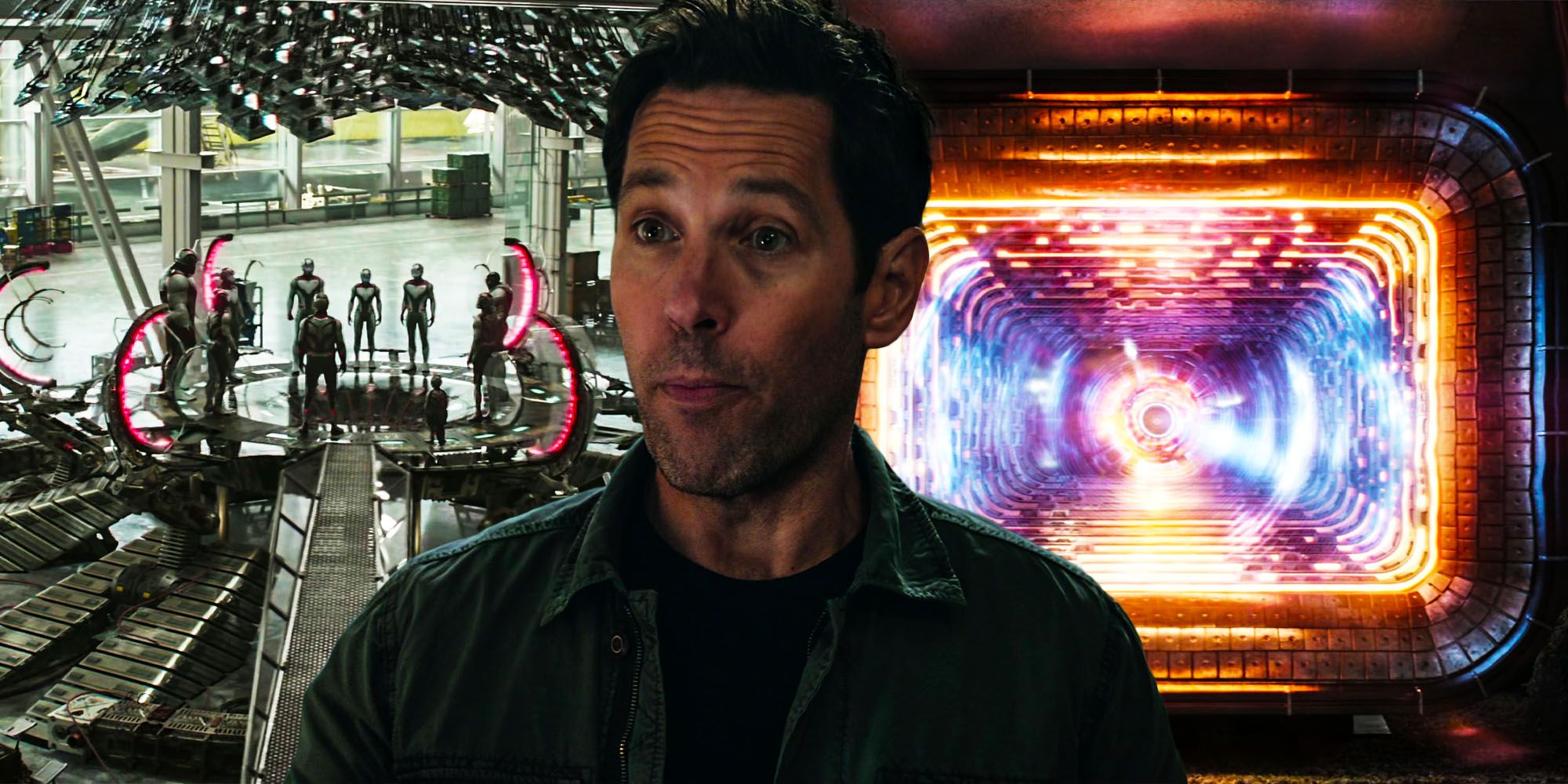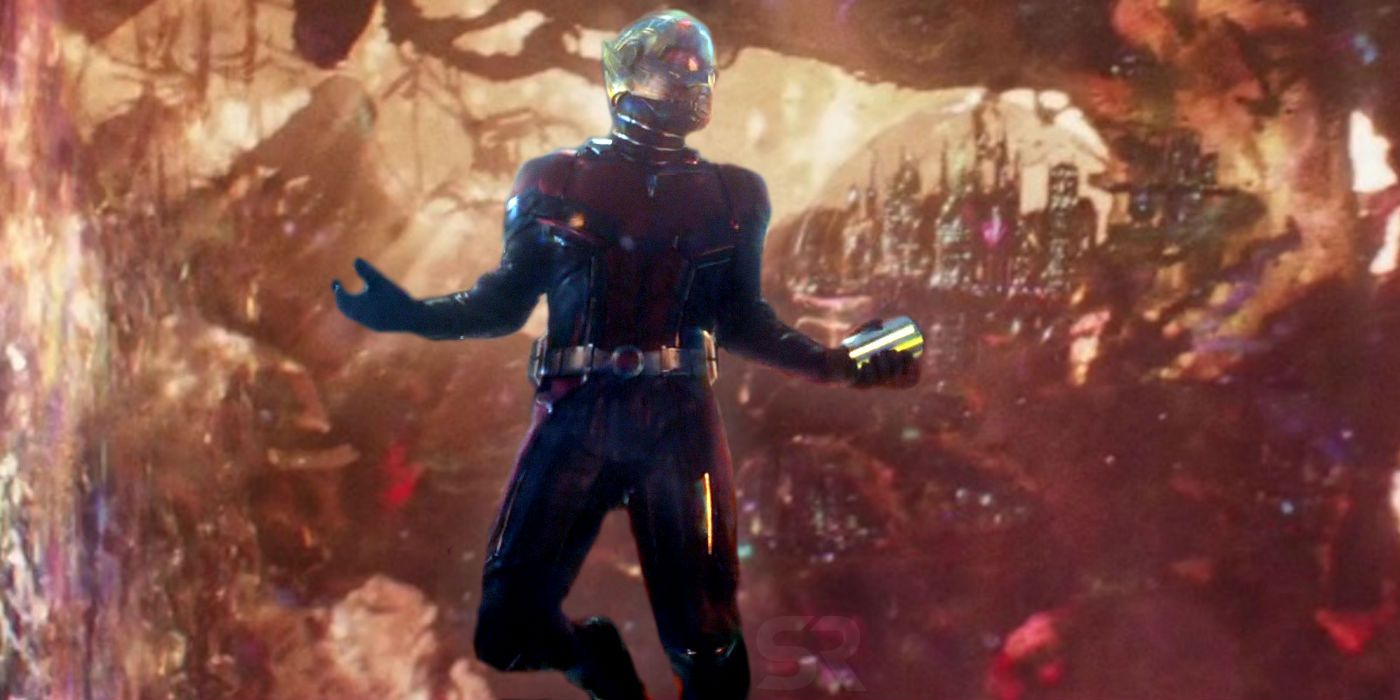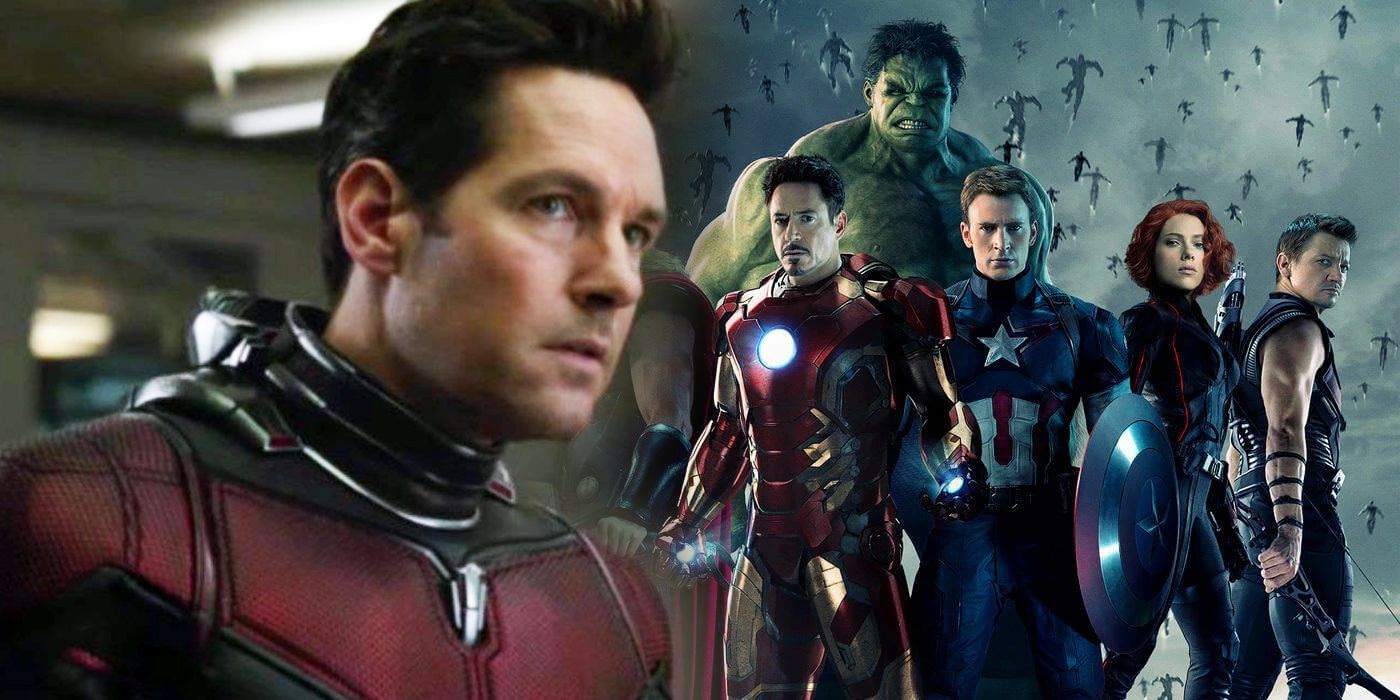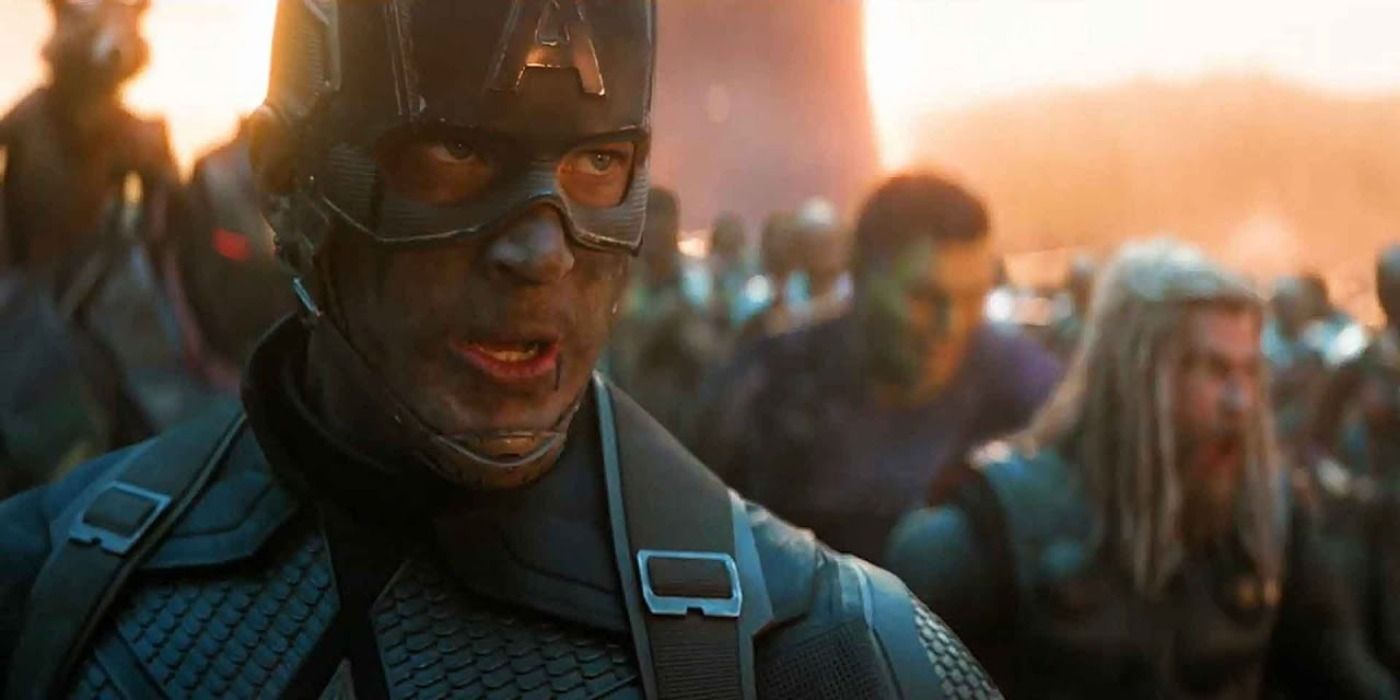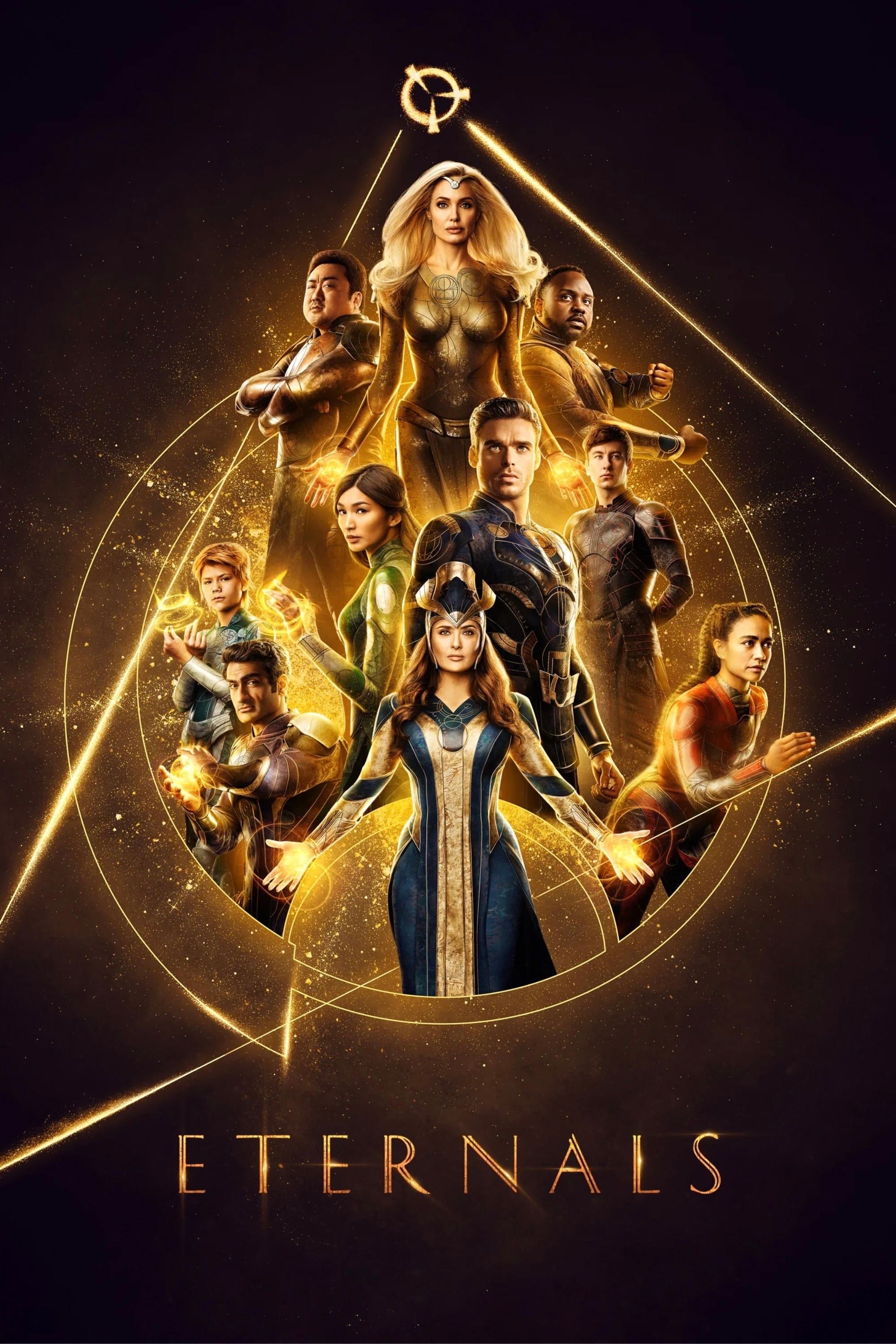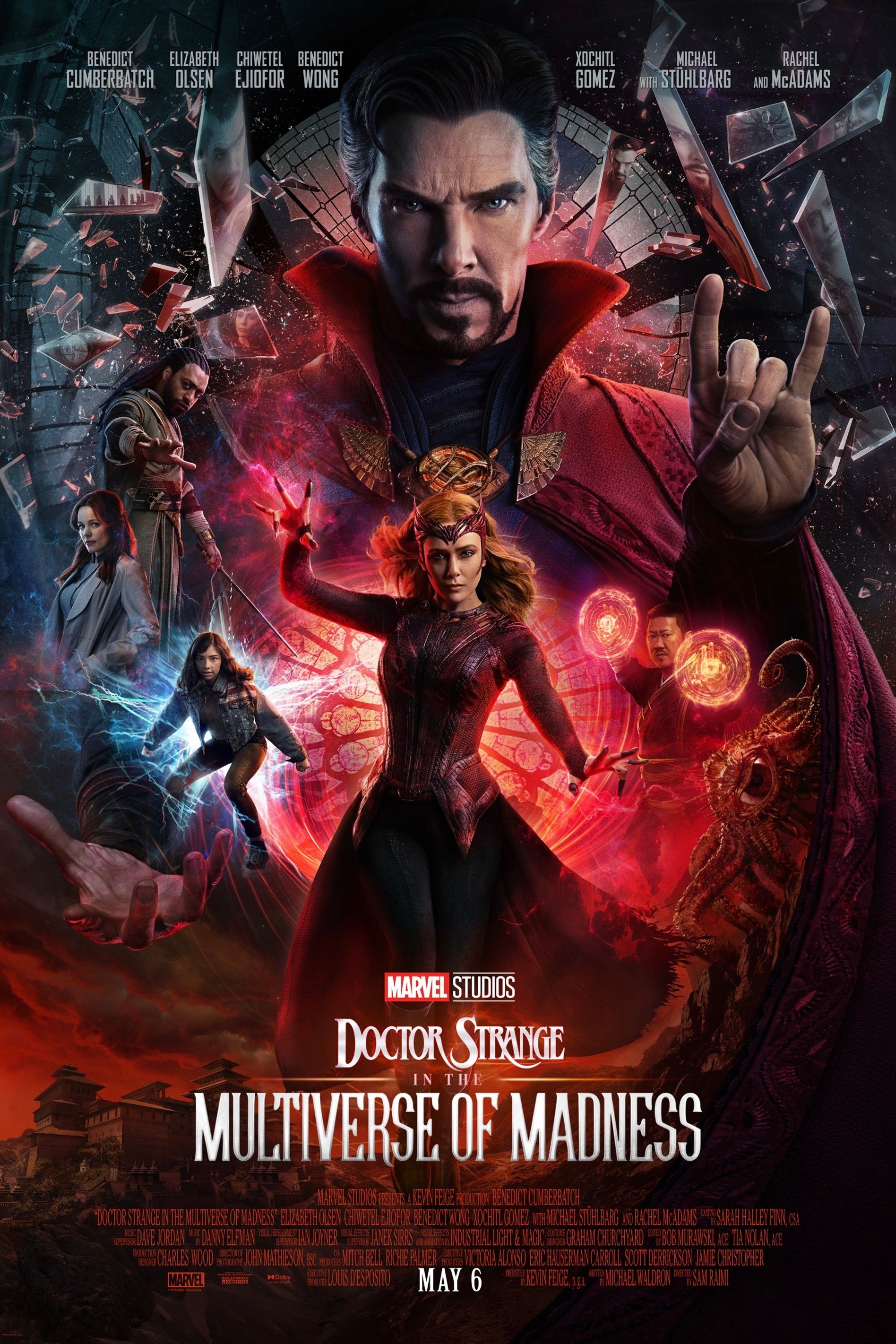The Avengers’ victory over Thanos in Avengers: Endgame was owed to their use of the Quantum Realm to travel through time and reacquire the Infinity Stones - but the MCU almost omitted it, raising the question of how this plot would have worked without a crucial element. The Quantum Realm was introduced to the MCU in 2015’s Ant-Man as a hazardous state of reality and potential consequence of using Hank Pym’s size-altering Pym Particles without failsafe measures in place. Scott Lang’s journey into the Quantum Realm at the end of Ant-Man and The Wasp proved invaluable to the Avengers, as shown in Endgame, but the Ant-Man film series almost began earlier in the MCU under a different director’s vision, necessitating that the Avengers defeat Thanos another way.
Scott Lang’s accidental visit to the Quantum realm at the end of Ant-Man allowed him to defeat Darren Cross, aka Yellowjacket, and eventually discover that Janet Van Dyne, the original Wasp, was alive and trapped in the realm. Scott’s second voyage in Ant-Man and The Wasp’s post-credits scene may have saved him from Thanos’ snap since the laws of time and space don’t apply to the Quantum Realm the same way that they do in the MCU’s main reality. Scott was trapped in the realm, but he didn’t age in the following five years, perceiving them as only five hours, which helped him and the Avengers discover the Quantum Realm’s use for time travel.
Ant-Man had a famously prolonged development stage, taking almost a decade to release after Edgar Wright was announced as director and writer. Wright left the project only a little over a year before its release, and Peyton Reed took over. Despite this, many of Wright’s decisions regarding Ant-Man's story, characterization, and design remained in the final film. Reed tweaked the film, keeping the “superhero heist movie” elements and having Hank Pym be the original Ant-Man in the 1960s who passes the torch to Scott Lang in the 2010s. As revealed in The Story of Marvel Studios: The Making of the Marvel Cinematic Universe, Reed also added the concept of the Quantum Realm to the film, a last-minute addition with significant ramifications for the MCU.
Edgar Wright's Ant-Man Never Set Up Endgame
Edgar Wright’s Ant-Man story was far smaller and more character-focused than the final film by Peyton Reed. While the full extent of Reed’s changes to Wright’s original treatment is still unknown, Wright put a strong focus on Hank Pym and Scott Lang, and most of the final film’s ties to the greater MCU were added by Reed. In a significant departure from the comics, Wright’s Hank Pym had nothing to do with the creation of Ultron, a change that was coordinated with Joss Whedon for Avengers: Age of Ultron. Scott Lang’s exciting fight sequence with The Falcon in the Avengers’ Westchester facility was also added by Reed.
Most notably, the Quantum Realm was completely absent from Wright’s story treatment, having been added by Reed after Wright left the project. It’s unclear how Scott Lang would have defeated Yellowjacket in Wright’s version of the film, but Reed also further developed the villain in the new script. Not including the Quantum Realm wouldn’t have had too much of an impact on Hank and Scott’s characterization, but Scott’s familiarity with it proved essential to his role in Endgame and the Avengers’ reacquisition of the Infinity Stones.
Ant-Man Could Become An Avenger Without The Quantum Realm
The original Ant-Man, Hank Pym, was a founding member of the Avengers in their original Silver Age debut, but this wasn’t the case in the MCU. Although there were plans to have The Wasp take Black Widow’s place on the original roster (due to scheduling conflicts with Scarlett Johansson), Ant-Man was never intended to be one of the team’s founding members. The slow development of Edgar Wright’s film and Marvel Studios’ belief that Ant-Man may not be one of their more successful tentpole properties might have contributed to this. Scott Lang does ultimately join the team in Endgame, however, due to his knowledge and use of the Quantum Realm.
Assuming that the Ant-Man of Phase 2 was Edgar Wright’s iteration, and thus the Quantum Realm was never introduced, Scott still could have joined the team. The original six members of the Avengers all survived Thanos’ snap, but they weren’t the only MCU superheroes to be spared. Scott Lang could have simply survived regardless of the Quantum Realm and joined the Avengers thanks to his familiarity with Captain America, The Falcon, and Hawkeye (having fought alongside them in Captain America: Civil War). Scott’s skills and gear would have still been invaluable to the Avengers in Endgame, even without the Quantum Realm.
How Endgame Could Have Done Time Travel Without The Quantum Realm
Although Edgar Wright’s original iteration of Ant-Man didn’t include the Quantum Realm, that doesn’t mean that it couldn’t be introduced in the sequel. Assuming that Wright would make another film in between Avengers: Infinity War and Endgame, Kevin Feige might have worked with Wright on introducing the Quantum Realm as a concept that’d prove essential to the plot of the next Avengers film. If the Quantum Realm never ended up being introduced in the Ant-Man movies, however, Endgame still could have achieved time travel through another means, thus allowing the Avengers to carry out their “time heist” and undo Thanos’ snap. Various methods of time travel are shown in MCU properties like Agents of SHIELD, Runaways, Loki, and Doctor Strange.
In all likelihood, Tony Stark would devise a new method of time travel if Ant-Man never introduced the Quantum Realm. The Time Stone was destroyed at the beginning of Endgame and the MCU TV shows, while canon, are rarely acknowledged in the films. The TVA had advanced time travel technology, but they wouldn’t have interfered in Endgame. With Endgame being Tony Stark’s final appearance, it’s fitting to still have his genius be a key element to the Avengers’ reversal of the snap. Scott Lang would have still been integral to the plot, being part of the Avengers’ New York 2012 team and helping to secure the Space Stone before things go awry. The Quantum Realm was a late addition to the MCU’s first Ant-Man film, but Avengers: Endgame could have existed relatively unchanged without it.

